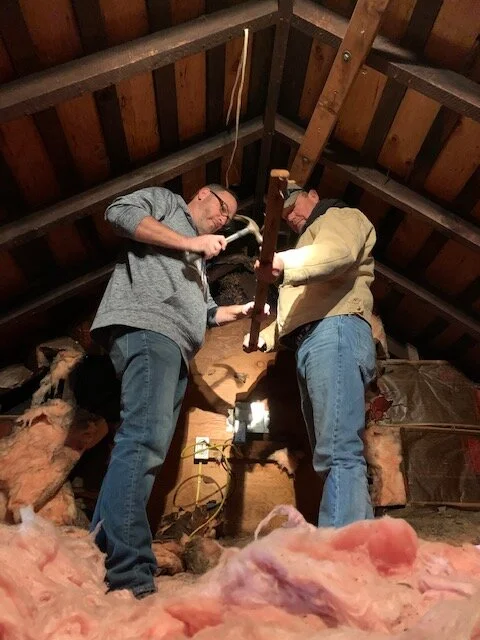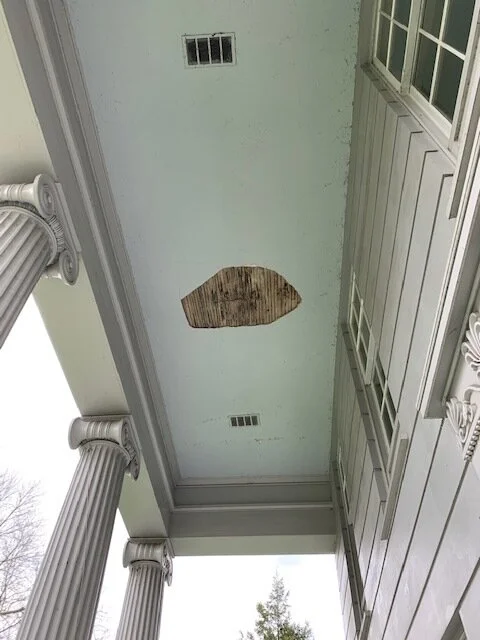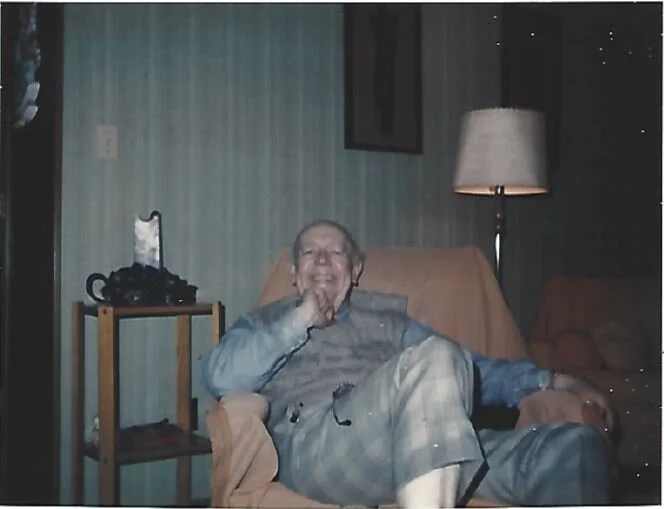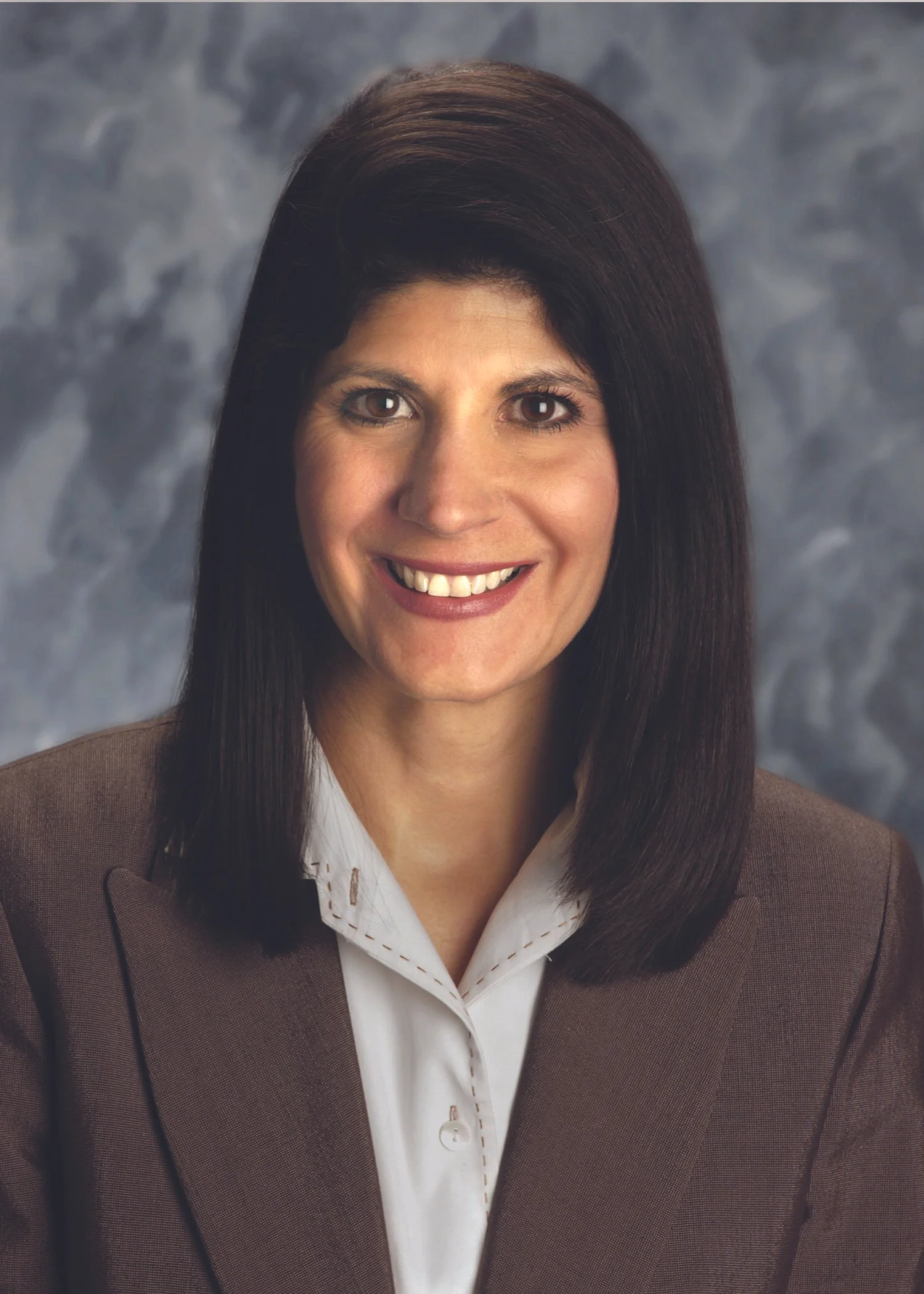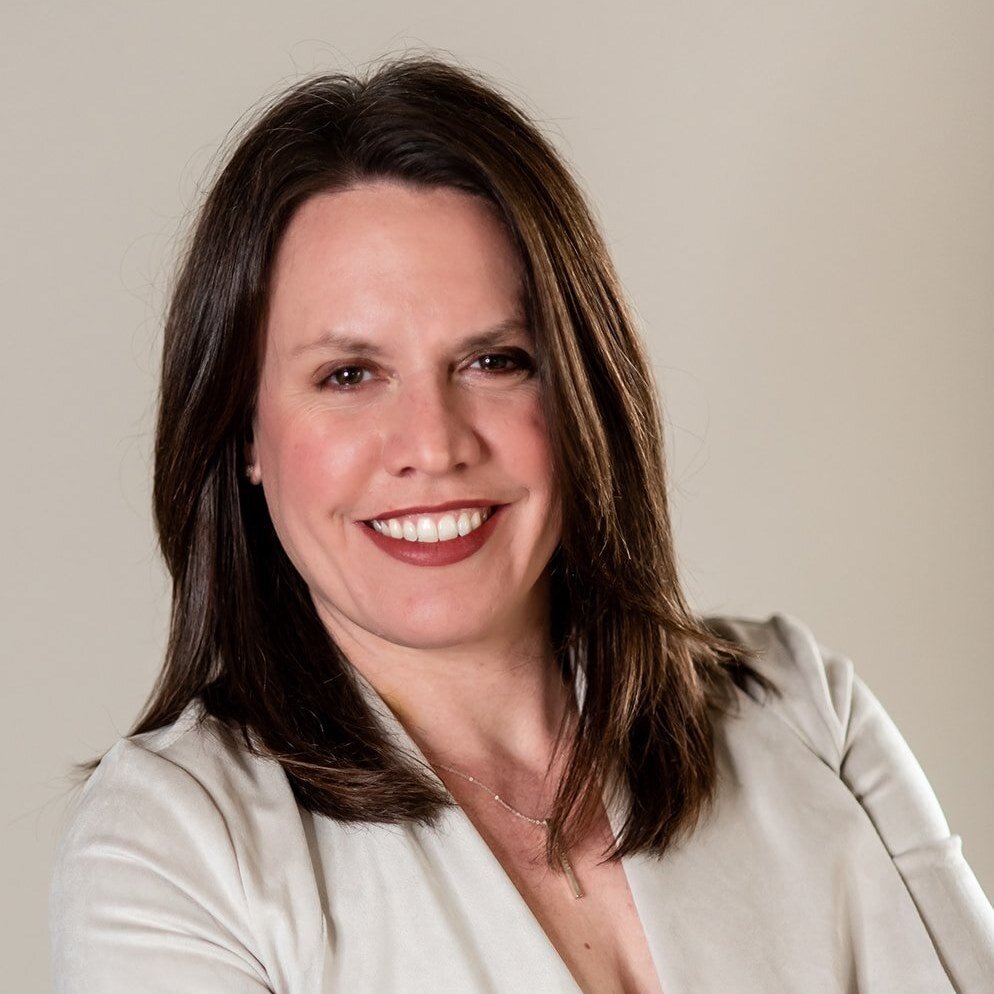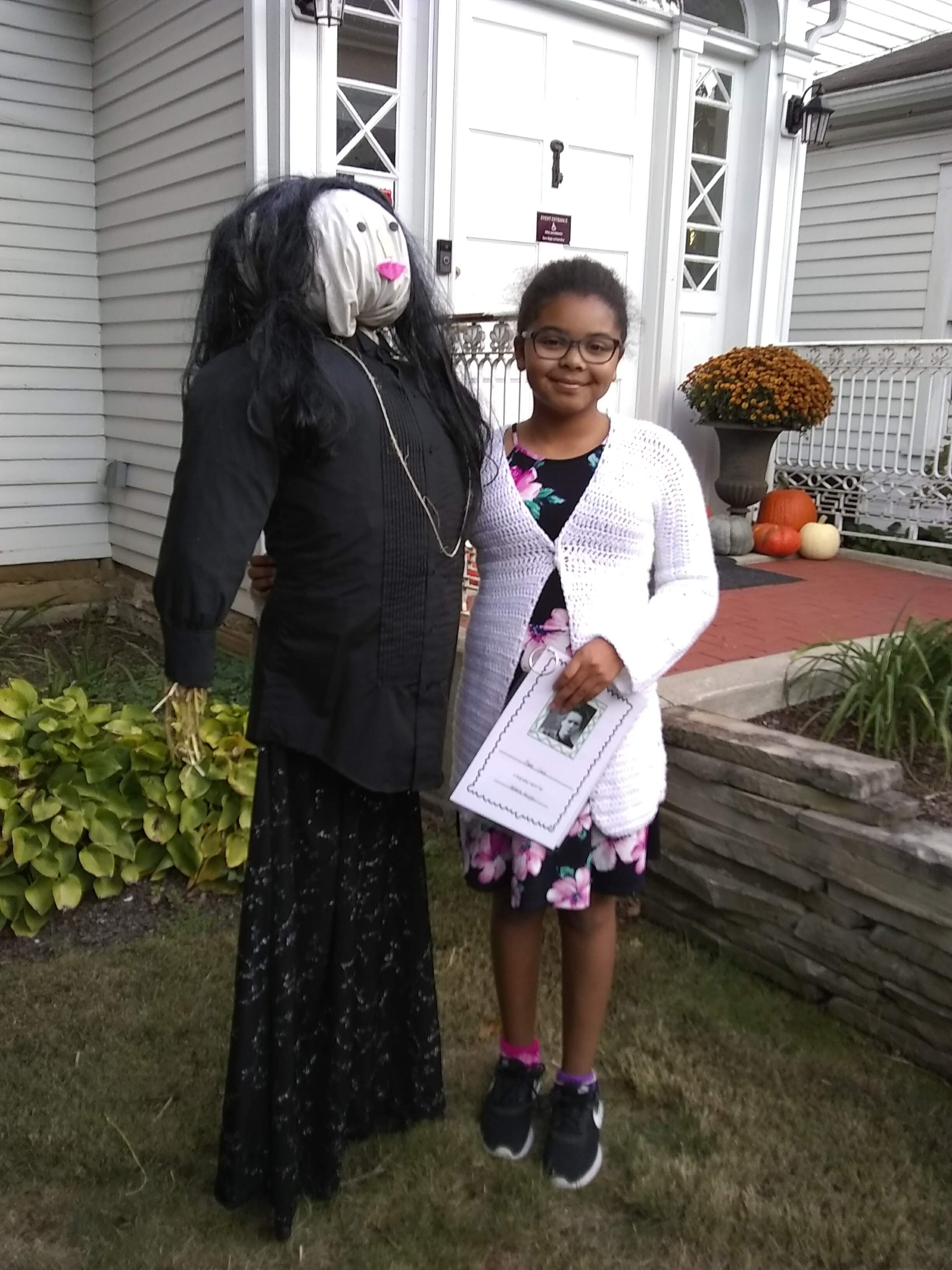The Robbins Hunter Museum Welcomes Joleen Minton as Executive Director
Granville, Ohio - The Robbins Hunter Museum announces the appointment of Joleen Minton to the Executive Director position at the Robbins Hunter Museum, effective April 22, 2024. Minton brings over 30 years of experience in community service, education and development, and human resource management to the Robbins Hunter Museum.
Minton has previously served on the museum’s Board of Trustees and worked directly on several successful Robbins Hunter Museum events, including the Victoria Woodhull Women of Achievement Awards, the dedication of the Tina and Dale Knobel Folly, Tom Wortham's acclaimed Tom Sawyer Lecture Series, and multiple programs highlighting the Jill Griesse Historic Garden.
Minton is honored to take on this important role. “I am excited to continue the tradition of showcasing the museum as a valuable community resource while respecting its historic glory. The Robbins Hunter Museum team will continue to be excellent stewards of the Avery-Downer House, ensuring its structure and spirit will always inspire and encourage people of all ages and walks of life, for generations to come.”
Minton was born in Lancaster, Ohio, and resided in Atlanta, Georgia, and Bloomington, Indiana, before settling in Licking County in her Granville, Ohio, home.
Minton describes herself as, “dedicated to servant leadership, continuous learning, community stewardship, and valuing inclusivity across all communities.” Minton's values have been repeatedly demonstrated through her work in the Licking County community. As co-founder and Board Member of the Feed the Dream Community Food Drive, she and the FTD committee facilitated the collection and funding of well over 650 tons of food while organizing over 25 local community volunteer groups.
Minton earned a Bachelor of Science in Education and a Master of Arts in Communications and Education from Miami University. She has consulted for companies in various industries, as well as several private and public sector entities. She has successfully worked with numerous organizations pioneering programs and campaigns focused on Human Resources, Education and Training, and Healthcare.
The Executive Director role at the Robbins Hunter Museum has remained vacant since the departure of Sarah Straley Hottle in February 2022.










